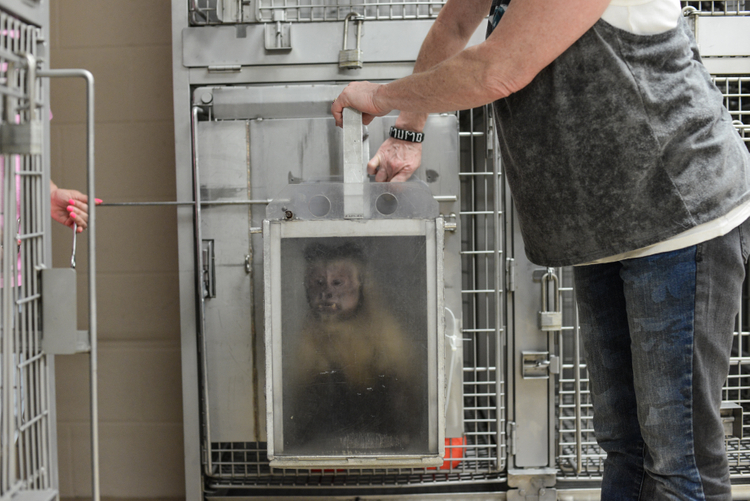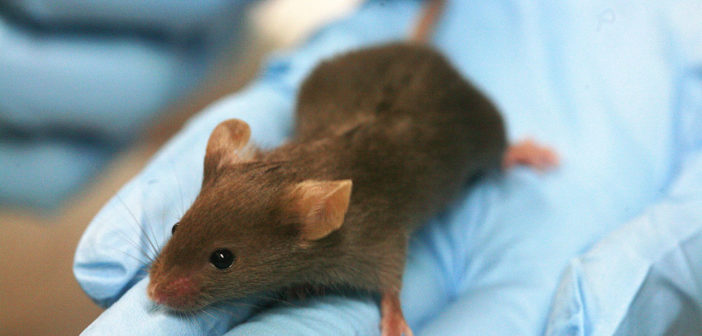Thousands of animals are tragically being killed for research into COVID-19. Yet, as CAARE has previously shown, animal models consistently fail to predict human outcomes and there is an urgent need to rely on superior, non-animal alternatives to end this pandemic.
An international team of scientific experts has determined that the best way to quickly find safe and effective treatments for COVID-19 is through novel, non-animal alternatives, pointing out: “These technologies and methods have consistently proved to be human-relevant and effective, allowing safe progression to clinical testing in a shorter amount of time as compared to traditional animal testing.”
Organ-on-chip models, or miniature organ models created from human stem cells, provide detailed, human-relevant insight into the disease. One group of researchers is creating organ chips of the nose, mouth, eyes and lungs to study why SARS-CoV-2 – the virus responsible for COVID – is so successful at bypassing the normal immune barriers.
Others are using donated human cells obtained from the upper airway and cultivated in the lab to simulate how the bronchial epithelium responds to the virus. They’ve shown this method can be used to study how COVID-19 damages healthy airway cells, and also its impact on cells from donors with diseases like asthma and COPD.
Unfortunately, tens of thousands of animals continue to be harmed as precious time is wasted, in futile animal experiments for COVID-19. Most species do not become infected with the SARS-CoV-2 virus, especially mice, the most commonly used animal in labs.

Multiple universities now claim to have developed a new “mouse model” to study COVID-19, with one team boasting about their “off the shelf tool” that can convert any mouse into one that can be infected with the virus. This is done by forcing the mouse to inhale a gene vector that inserts the human receptor into the airway.
Second to mice, primates are being used in large numbers for vaccine research. The National Institutes of Health (NIH) vaccine, developed in conjunction with biotech company Moderna, originally made headlines for bypassing animal testing before initiating human trials. Though the human study showed the vaccine was safe and effective, NIH scientists still intentionally infected macaque monkeys with the virus.
Never before has this dual reality – of cruel and inapplicable animal experiments happening alongside new and exciting non-animal methods – been starker than it is at the present time.
This is why CAARE has spurred a movement to inform how animals can be replaced with modern methods. It’s clear that public awareness is essential to rouse government and industry from its die-hard overdependence on animal experiments. We will not see an end to animal experiments without that.
Featured image: a mouse, the most commonly used animal in labs. Image credit Rama, CC BY-SA 2.0.





